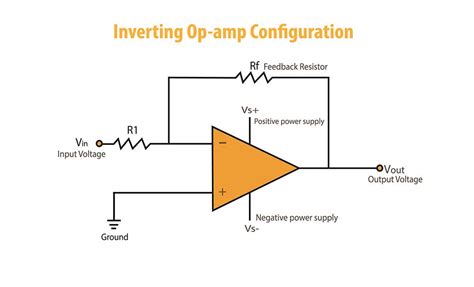
ALL ABOUT FLEX PCB
-
TL071 TL072 TL074 Circuit
Posted by
–
 Read more: TL071 TL072 TL074 Circuit
Read more: TL071 TL072 TL074 CircuitIntroduction to TL07x Operational Amplifiers The TL071, TL072, and TL074 are popular low-noise JFET-input operational amplifiers (op-amps) widely used in various analog circuit applications. These op-amps offer excellent performance characteristics, such as low input bias current, low noise, and high slew rate, making them suitable for a wide range of […]
-
Vital PCB Design Tips and Tricks
Posted by
–
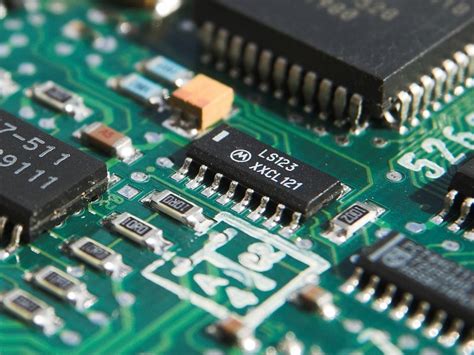 Read more: Vital PCB Design Tips and Tricks
Read more: Vital PCB Design Tips and TricksUnderstanding the Basics of PCB Design Before diving into the tips and tricks, it’s essential to understand the basics of PCB design. A PCB is a board made of insulating materials, such as fiberglass or plastic, with conductive copper traces printed on its surface. These traces connect various electronic components, […]
-
What Is The PCB Current Calculator(Latest)
Posted by
–
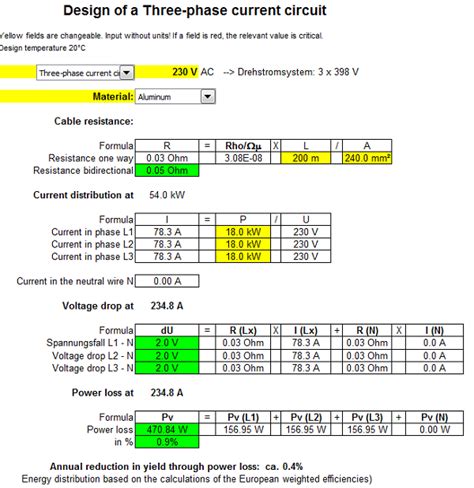 Read more: What Is The PCB Current Calculator(Latest)
Read more: What Is The PCB Current Calculator(Latest)Introduction to PCB Current Calculators A printed circuit board (PCB) is a fundamental component in most modern electronic devices. It mechanically supports and electrically connects electronic components using conductive tracks, pads, and other features etched from one or more sheet layers of copper laminated onto and/or between sheet layers of […]
-
Issue with DRC and Kicad ground plane
Posted by
–
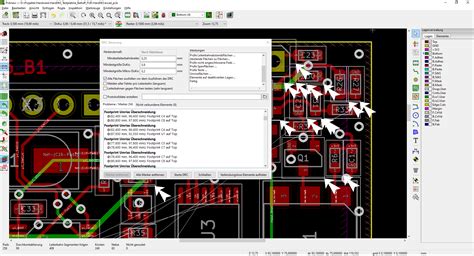 Read more: Issue with DRC and Kicad ground plane
Read more: Issue with DRC and Kicad ground planeIntroduction to KiCad and DRC KiCad is a popular open-source electronic design automation (EDA) software suite used for designing printed circuit boards (PCBs). It provides a set of tools for schematic capture, PCB Layout, and design rule checking (DRC). DRC is a critical step in the PCB design process that […]
-
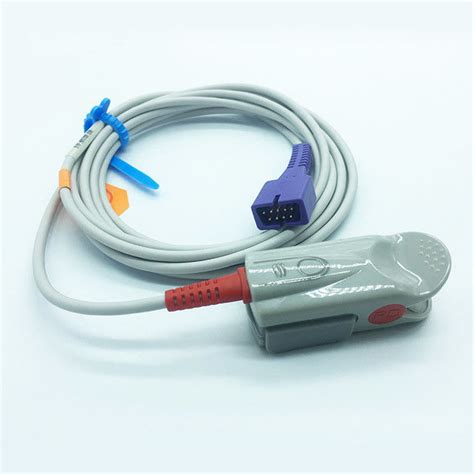 Read more: Finger Sensors: Types, Construction Forms, Applications, and More
Read more: Finger Sensors: Types, Construction Forms, Applications, and MoreTypes of Finger Sensors There are several types of finger sensors, each with its own unique characteristics and sensing mechanisms. Let’s take a closer look at some of the most common types: 1. Capacitive Sensors Capacitive sensors work by detecting changes in capacitance caused by the proximity or touch of […]
-
Analog circuit noise of the PCBs
Posted by
–
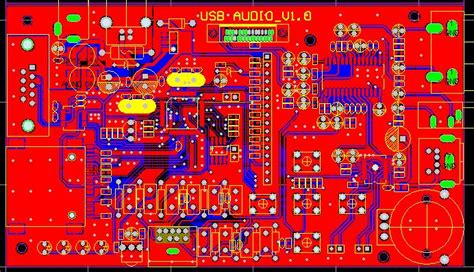 Read more: Analog circuit noise of the PCBs
Read more: Analog circuit noise of the PCBsIntroduction to PCB Noise Printed circuit boards (PCBs) are essential components in modern electronic devices, providing a platform for mounting and interconnecting electronic components. However, PCBs can also introduce various types of noise that can degrade the performance of analog circuits. Understanding and mitigating PCB noise is crucial for designing […]
-
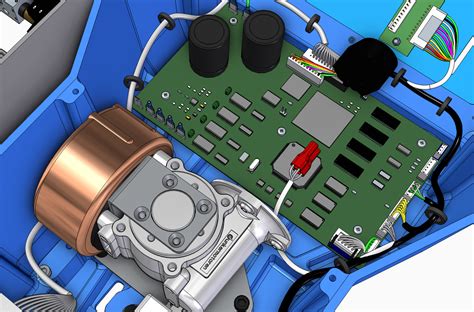 Read more: PCB Design Software The First Step to a New PC Board
Read more: PCB Design Software The First Step to a New PC BoardWhat is PCB Design Software? PCB design software is a specialized computer-aided design (CAD) tool used to create printed circuit boards (PCBs). It allows engineers and designers to lay out the electronic components and copper traces that make up a PCB. The software typically includes features for schematic capture, component […]
-
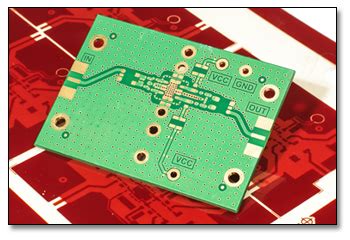 Read more: About 8 Matters PCB Prototyping You Need To Pay Attention
Read more: About 8 Matters PCB Prototyping You Need To Pay AttentionIntroduction to PCB Prototyping PCB prototyping is an essential step in the development of electronic devices. It involves creating a physical representation of the designed circuit board to test its functionality, identify any flaws, and make necessary improvements before mass production. In this article, we will discuss eight crucial matters […]
-
MMBT3904: NPN Switching Transistor
Posted by
–
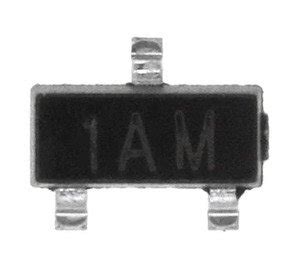 Read more: MMBT3904: NPN Switching Transistor
Read more: MMBT3904: NPN Switching TransistorIntroduction to the MMBT3904 transistor The MMBT3904 is a small-signal NPN transistor in a SOT-23 surface-mount package. It is a member of the BC847 family of transistors and is manufactured by various semiconductor companies, such as ON Semiconductor, Diodes Incorporated, and NXP Semiconductors. The transistor’s compact size and excellent performance […]
-
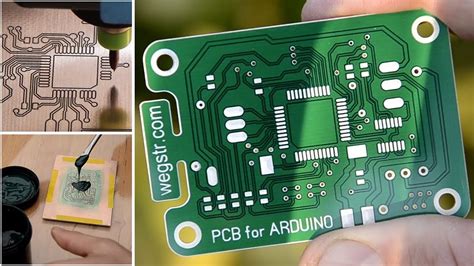 Read more: 9 Fundamentals in PCB Prototyping and PCB Design Flow
Read more: 9 Fundamentals in PCB Prototyping and PCB Design FlowIntroduction to PCB Prototyping Printed Circuit Board (PCB) prototyping is an essential part of the electronics design process. It involves creating a physical prototype of a PCB design to test its functionality, reliability, and manufacturability before mass production. PCB prototyping helps identify and fix design flaws early in the development […]




